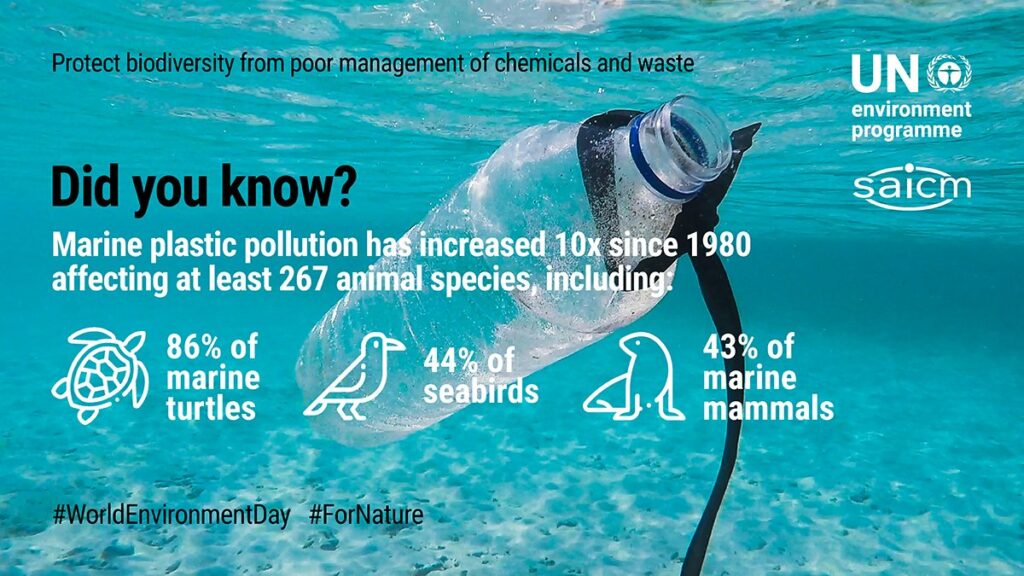
RAF Lakenheath Drinking Water Precautions Lifted
Date: 14 July 2023
Effective 14 Jul at 1200 local, the previous RAF Lakenheath drinking water precautions for infants below the age of 6 months are no longer required, the water is safe to drink for everyone.
Background
RAF Lakenheath was notified on 12 July 2023 of a nitrate level in the water above the EPA limit and were advised to take the following actions:
- Infants below the age of six months should not drink from the RAF Lakenheath supply until after 5 pm, 14 July.
- Ice, juice, and formula for children under six months of age should not be prepared with tap water that was affected by this variance. If this water was saved and stored for use, discard it at this time.
- Do not boil water. Boiling, freezing, filtering, or letting water stand does not reduce nitrate level. Boiling can make the nitrates more concentrated because nitrates remain behind when water evaporates.
- Adults and children older than six months can drink the tap water. However, if you are pregnant or have specific health concerns, you may wish to consult your doctor.
Previous issues with our public water system have been corrected and it is no longer necessary to maintain the precautionary actions mentioned above. Contact 48 OMRS Bioenvironmental Engineering Flight at DSN 226-8047 for any questions or concerns.
SDGs, Targets, and Indicators
| SDGs | Targets | Indicators |
|---|---|---|
| SDG 6: Clean Water and Sanitation | Target 6.1: By 2030, achieve universal and equitable access to safe and affordable drinking water for all | Indicator 6.1.1: Proportion of population using safely managed drinking water services |
| SDG 3: Good Health and Well-being | Target 3.9: By 2030, substantially reduce the number of deaths and illnesses from hazardous chemicals and air, water, and soil pollution and contamination | Indicator 3.9.1: Mortality rate attributed to household and ambient air pollution |
1. Which SDGs are addressed or connected to the issues highlighted in the article?
SDG 6: Clean Water and Sanitation
The article addresses the issue of drinking water safety at RAF Lakenheath. It mentions that the previous drinking water precautions for infants below the age of 6 months are no longer required, indicating that the water is now safe to drink for everyone. This aligns with SDG 6, which aims to ensure access to clean water and sanitation for all.
SDG 3: Good Health and Well-being
The article also mentions that adults and children older than six months can drink the tap water, but pregnant women or individuals with specific health concerns may wish to consult their doctor. This highlights the importance of ensuring good health and well-being, which is a key focus of SDG 3.
2. What specific targets under those SDGs can be identified based on the article’s content?
Target 6.1: By 2030, achieve universal and equitable access to safe and affordable drinking water for all
The article’s content indicates that the previous drinking water precautions for infants below the age of 6 months are no longer required, suggesting that the water is now safe to drink for everyone. This aligns with the target of achieving universal access to safe drinking water.
Target 3.9: By 2030, substantially reduce the number of deaths and illnesses from hazardous chemicals and air, water, and soil pollution and contamination
Although not explicitly mentioned in the article, the issue of nitrate levels in the water being above the EPA limit suggests a potential contamination concern. This aligns with the target of reducing illnesses from water pollution and contamination.
3. Are there any indicators mentioned or implied in the article that can be used to measure progress towards the identified targets?
Indicator 6.1.1: Proportion of population using safely managed drinking water services
The article mentions that the previous drinking water precautions for infants below the age of 6 months are no longer required, indicating that the water is now safe to drink for everyone. This suggests progress towards achieving the indicator of safely managed drinking water services.
Indicator 3.9.1: Mortality rate attributed to household and ambient air pollution
Although not explicitly mentioned in the article, the issue of nitrate levels in the water being above the EPA limit suggests a potential health risk. Monitoring the mortality rate attributed to water pollution and contamination can help measure progress towards this indicator.
4. SDGs, Targets, and Indicators
| SDGs | Targets | Indicators |
|---|---|---|
| SDG 6: Clean Water and Sanitation | Target 6.1: By 2030, achieve universal and equitable access to safe and affordable drinking water for all | Indicator 6.1.1: Proportion of population using safely managed drinking water services |
| SDG 3: Good Health and Well-being | Target 3.9: By 2030, substantially reduce the number of deaths and illnesses from hazardous chemicals and air, water, and soil pollution and contamination | Indicator 3.9.1: Mortality rate attributed to household and ambient air pollution |
Behold! This splendid article springs forth from the wellspring of knowledge, shaped by a wondrous proprietary AI technology that delved into a vast ocean of data, illuminating the path towards the Sustainable Development Goals. Remember that all rights are reserved by SDG Investors LLC, empowering us to champion progress together.
Source: lakenheath.af.mil

Join us, as fellow seekers of change, on a transformative journey at https://sdgtalks.ai/welcome, where you can become a member and actively contribute to shaping a brighter future.






